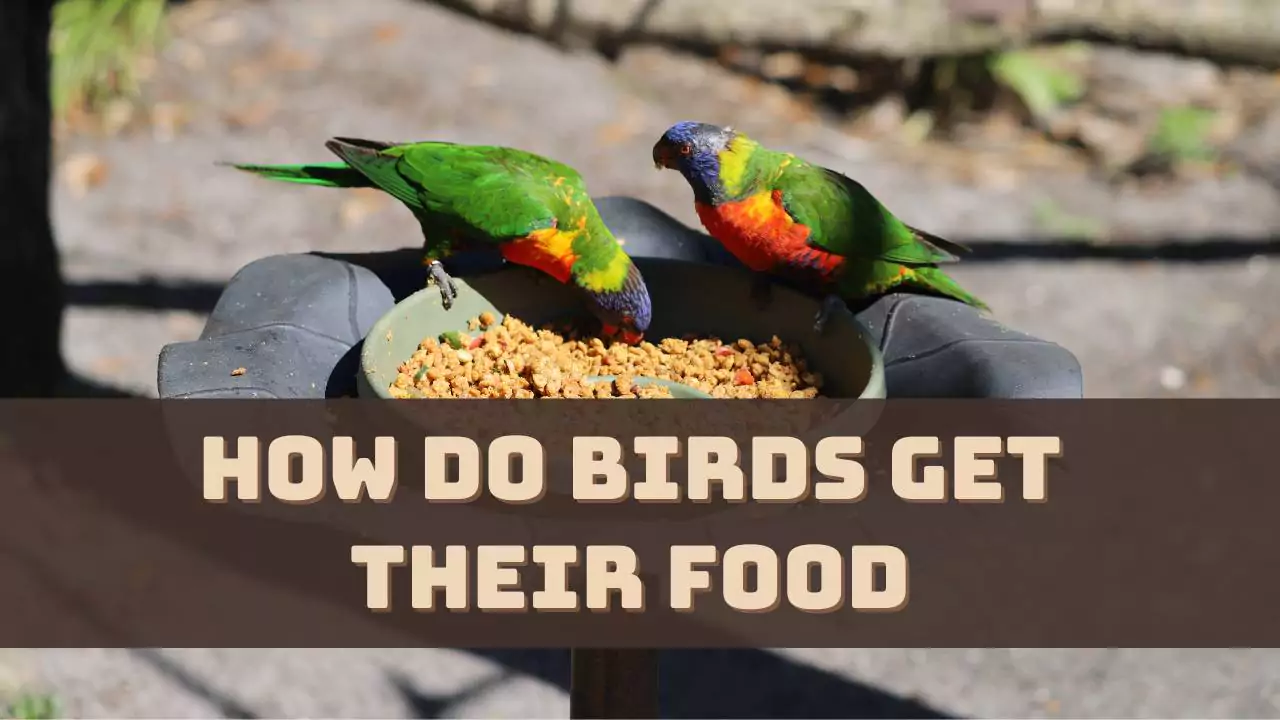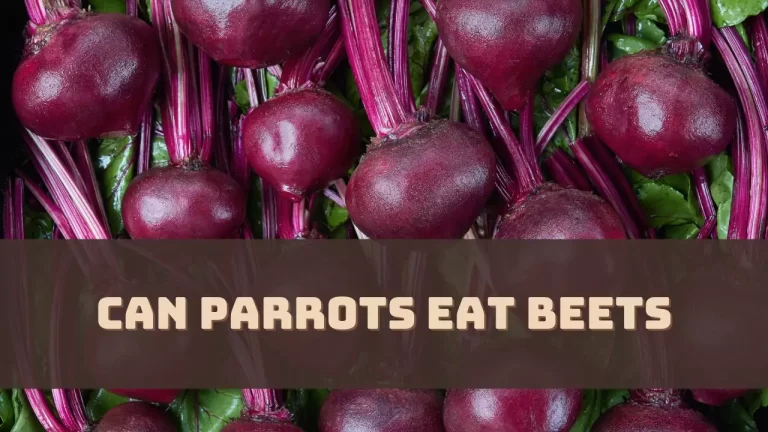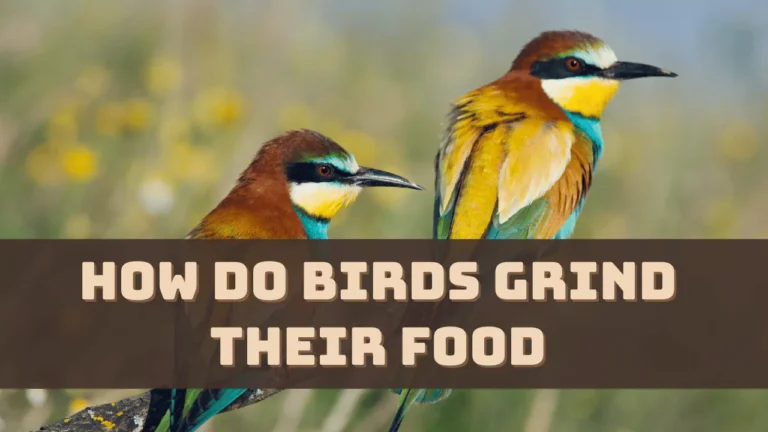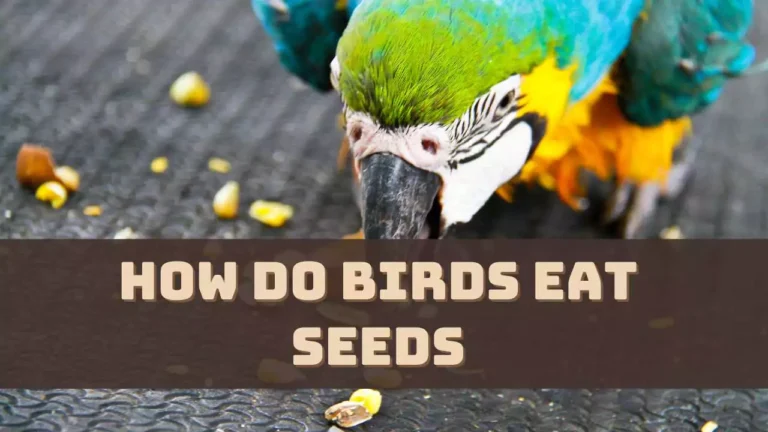Birds need to keep their energy level high so they are always on the lookout for food. Thus, they are seen spending most of their time foraging for food. They survey their territory usually from a high branch of the tree and then at the sight of a potential new food source they swoop down to get it.
Birds use their sense of sight, smell, and often auditory means to locate food. Most of their time is spent looking for food in the wild. Birds are also said to have good memories which help them to remember the last food spot which yielded potential nutritious items. They also look through the changing landscape which is an indication of food.
Birds also feed from bird feeders and with time they start to get familiar with it. Once a bird understands that a birdfeeder is going to provide them food every day, they tend to hover around it.
There are various means that birds apply to look for food and based on season the choice and purpose of foraging for food changes. Let’s explore how.
Foraging Strategies Seen in Birds
Different bird groups exhibit different types of foraging techniques, such as:
Perching Hunting
This tactic is mostly seen among flycatchers where the bird is seen surveying the ground by sitting at an elevated vantage point, and as soon as they catch sight of the prey they swoop down to catch them.
Ground Foraging
In this foraging strategy, the bird is seen walking along the ground to eat seeds and insects and this is mostly seen in birds like doves, sparrows, and quail.
Probing
Birds use their long beak to dig into the mud or dirt to catch invertebrates. Some birds are also seen probing through the wood to catch insects, such as woodpeckers.
Pounching
The bird is seen to pounce directly on the prey after surveying the entire area perched from a high branch or building or post or air. This behavior is mostly seen among owls and hawks.
Wading
The bird is seen to walk slowly through the shallow water and they wait patiently for the fish and when the fish comes within a striking distance they catch it, as seen in herons and egrets.
Plunging
Birds like gannets and kingfishers are seen to plunge into the water to catch fish or any other prey.
Gleaning
In this tactic, the bird is seen to glean insects or even spiders directly from foliage while they are moving through the leaves and branches.
Scavenging
Birds like vultures and condors are seen to soar the sky and scan the entire landscape looking for carcasses of animals as they tend to scavenge.
Dabbling
This behavior is mostly seen among ducks where they use their beaks to dabble and in this way, they tip forward looking for plants and animals below the water surface to feed on them.
Digging
Birds like shorebirds and parrots are seen to dig into the mud or soil to get hold of invertebrates. They also get larvae by digging into the wood.
Wrecking
Some birds wreck the nest where they tear it open to steal eggs and chicks, this behavior is seen among yellow-headed caracara.
Bark Stripping
Woodpeckers are seen to strip away the bark to get hold of the hidden insects and finally using their barbed tongue they eat them.
Hawking
The ability to catch flying insects directly into the mouth while the bird is still flying is called hawking which is seen among swifts and nightjars.
Cavity Nest Raiding
Woodpeckers and tits are seen to raid the nest cavities which belong to other birds in order to steal eggs and nestlings.
Cooperative Hunting
Harris Hawks exhibit this hunting strategy where they hunt in coordinated ground while being surrounded by the prey
Kleptoparasitism
Many birds are seen to aggressively steal fish from other seabirds while flying and they are jaegers and skuas mostly.
How Do Birds Find Food?
Birds put into use 5 effective senses that help them to detect the food source and they are sight, smell, hearing, flight, and memory. These senses have evolved to help the birds locate and capture food.
Sense of Sight
Birds have sharp vision, which helps them to detect the prey easily. They can also see a wide range of colors and UV light allowing them to track the movement of the prey. The eyes of the birds are optimized with motion detection, depth perception, and telescopic vision. Some birds even have the ability to see their prey in low light.
Sense of Smell
Some birds also rely on their sense of smell to detect carrion or decaying animals for scavenging, or fragrances of berries and fruits, birds like vultures and eagles can also detect the scent trail left by the prey.
Sense of Hearing
Most nocturnal birds are seen to have an acute sense of hearing that helps them locate their prey. Birds also monitor the rustling of insects and animals within the vegetation or hear the movement of fish in the water.
Flight
Birds are power-packed flyers and they can cover a large area within minutes allowing them to locate and access food even in hard-to-reach locations. They can also dive down while flying in the air to ambush the prey or scan the terrain looking for carrions for scavenging. A perfect combination of speed, gliding techniques, and maneuverability makes birds perfect hunters.
Memory
Birds have impressive cognitive abilities and they can easily recall previous food locations. They have the ability to create mental maps and are seen to migrate miles away to look for food. When the weather changes, birds are seen storing food which they can recover later due to sharp memory and navigation skills
How Birds Have Adapted Themselves to Find Food?
Birds have gone through physical and behavioral adaptation, which help them to locate food easily, such as – sharp beaks, clawed feet, keen eyesight, and swift flight. They are also good at mobbing, caching, communicating, and migrating based on season, which helps them to look for ideal sources of food.
Can Birds Communicate About Food?
Yes, birds can learn from each other about finding food, by communicating. They even learn from their peers on how to locate food sources, by observing them.
How Do Birds Adapt To Changing Food Sources?
Birds can easily adjust their feeding behavior based on the season, which is a response to changing climatic conditions. Birds that feed on insects are seen to switch to nuts and seeds during the winter, whereas other birds are seen to migrate to look for new food sources when there is a scarcity.




